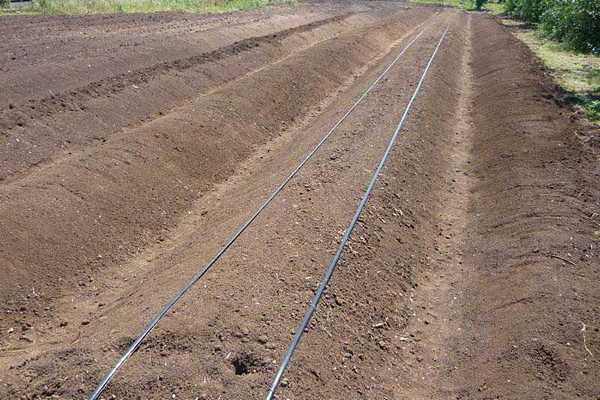
Прокладка капельных линий
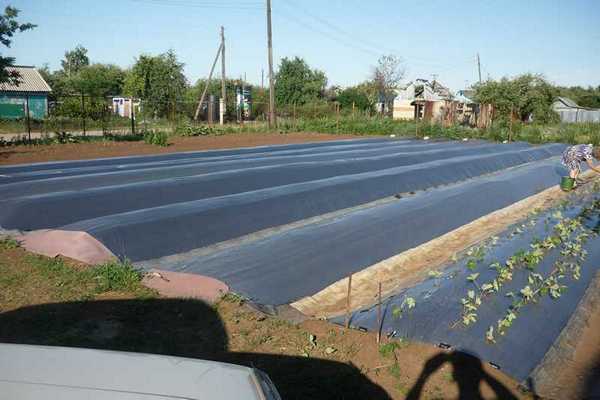
Укрытие пленкой
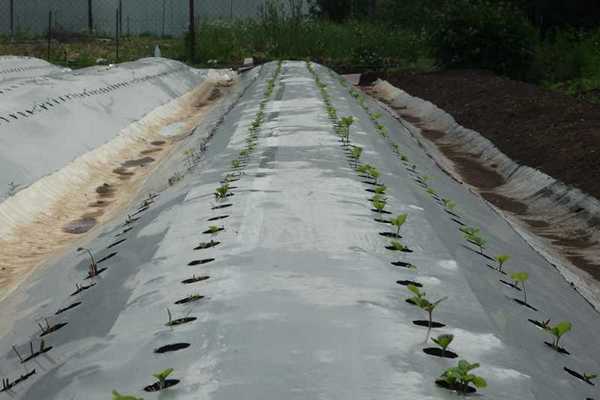
Высокая грядка.
Высадка рассады.
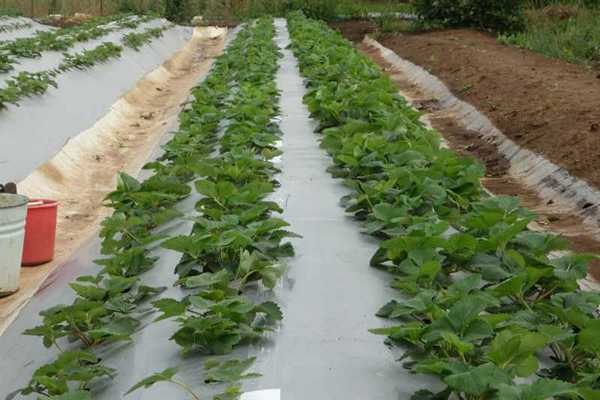
Дело к осени
-
При помощи мотоблока, а потом уже лопатами, граблями и скребками мы вновь сформировали гряды. Расстояние по осям (по центрам верха гряды или центрам междурядий 1,9 метра). Через такое расстояние мы натягивали шнур и по нему пускали мотоблок с окучником, который делал глубокую борозду. Потом уже граблями, тяпками и скребками придавали гряде округлую форму. Высота гряды при этом в среднем 0,35 - 0,4 метра.
-
По грядам мы пропустили трубки капельного орошения (по две на гряду). Расстояние между трубками 0,5 метра. Трубки прокладывали тоже по шнуру. При большой длине гряды (в том году у нас были гряды длиной 25 метров) такая точность необходима.
-
После того, как были проложены трубки капельного орошения, мы накрыли гряды мульчирующей серебристо-черной пленкой, черной стороной к земле. Пленку к земле пришпиливали железными скобами, а между собой полотна склеивали скотчем. Но скотч нужен качественный. Обычный, канцелярский, на солнце трескается и осыпается через месяц. И скобы при порывах ветра и натяжении рвут, режут пленку, поэтому такие места мы усиливали квадратами из более толстой и прочной липкой пленки.
-
По обе стороны от каждой трубки на расстоянии 8-10 сантиметров, в пленке, мы проделали отверстия диаметром 6 сантиметров. Поначалу вырезали ножом, но это очень долго и трудоемко. Сейчас прожигаем специальным приспособлением.
-
Все – сажаем рассаду. В эти самые отверстия.
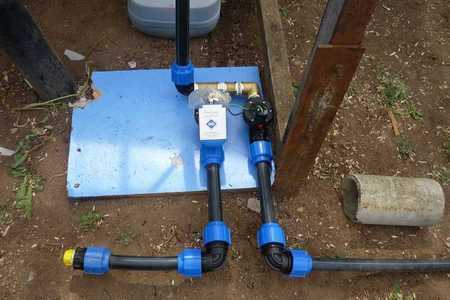
Отдельным пунктом еще надо сказать про систему полива. Схема такая, начиная с основного крана на участке: Кран – Фильтр – Клапан-Контроллер – Магистральная полиэтиленовая труба, диаметром 32 мм - Капельные трубки. Всего мы в тот год смогли подготовить 9 гряд по 25 метров на площади 4,2 сотки. На это ушло все лето. Много рассады гибло в жару и приходилось пересаживать. Осыпался скотч и приходилось склеивать полотна пленки заново. Да и опыта и знаний не хватало. Но все же сделали.
Кстати, насчет рассады и сортов. В первый год мы сажали то, что было у нас на старой даче. То, что в свое время сажала моя мама. Очень давно. Одному Богу известно, какие там были сорта. Но судя по тому, что говорят соседи – дачники, скорее всего во всем дачном массиве (а это более двух тысяч дач) в основном, от участка к участку гуляли четыре основных сорта. Это Фестивальная, Зенга-Занга, Рубиновый кулон и Гигантелла. Усами делились друг с другом.
Тут я опять возвращаюсь к системе капельного полива. То есть как мы поливали. Мы открыли кран в мае. Ну собственно и все. Вот и весь полив. Все остальное делал клапан-контроллер. Маленький компьютер, размерами и формой напоминающий мобильник-раскладушку. В нужное время он давал воду и отключал ее, независимо от нашего участия и даже присутствия. Шланги, которые надо перебрасывать с одного места на другое, поломанные этими шлангами саженцы, спешка успеть на дачу, пока качают воду, затопленные междурядья и грязь на руках и ногах остались в прошлом. Закрыл кран я только в конце сентября, когда поливной сезон на дачах закончился.
И еще: Междурядья. На фото хорошо видно - по ним проложены полосы из рубероида и старого линолеума. Эффект от этого «три в одном»:
-
Не растет трава.
-
Всегда чисто и сухо (там где собирается вода мы ножом просто прорезали рубероид).
-
Дополнительное крепление пленки.
Соседи были в шоке. На четырех сотках не растет ничего кроме клубники. Вручную ее никто не поливает, а часто даже не бывает никого на участке во время полива. Весь уход сводился к тому, что жена изредка пройдет с веником между гряд, сметет пыль и немногочисленные сухие листья и все. Вот такой это адский труд – заниматься клубникой.
И последнее что мы сделали в том же году. Мы закупили двести элитных саженцев ремонтантной земляники «Королева Елизавета 2» и в сентябре высадили их отдельно от гряд, для получения качественного посадочного материала на следующий год.
О производстве посадочного материала расскажу и покажу фото в отдельно, чуть попозже.
НАДЕЖДЫ И ТРЕВОГИ. РЕЗУЛЬТАТЫ.
Наступила осень, потом зима… Гряды вместе с листвой клубники ушли под снег, который забил все междурядья и верхушки полуметровым слоем. Сама форма гряд отлично способствует снегозадержанию. Весна на следующий год (2012) случилась ранняя. Мы все гадали – вымерзла клубника или нет. Снег сошел очень рано и быстро, обнажив пышную, зеленую листву, которая казалось не спала всю зиму, а продолжала расти и под снегом. А в конце апреля клубника во всю зацвела и мы стали ждать урожай.
За забором виден соседский участок и соседку, которая занята традиционным дачным трудом...
Урожай… Целый год труда и ожидания. Мы к нему готовились, мы его ждали, но все равно немного волновались. Мы знали, что клубники будет много. Во всяком случае, больше чем всегда было у нас на даче на двух маленьких грядках. И мы заранее готовились к сбыту. Мы загодя закупили гофротару и пластиковые контейнеры. Все для сбора и транспортировки ягоды было приготовлено и с запасом. Чтобы не дергаться и не метаться потом, когда ягоду необходимо будет уже укладывать в тару. И все же мы волновались. А как пойдет сбыт? По какой цене? Будет ли нужна кому- то наша клубника? Мы уже провели переговоры с несколькими реализаторами на рынках и с магазинами, которые заверили нас, что ждут нашу клубнику и будут ее покупать. Но сомнения оставались.
Первые ягоды мы собрали двадцать пятого мая. Немного. Килограммов пять. Естественно ни до какого магазина она не доехала. А через три дня уже сдавали клубнику, которая расходилась по торговым точкам всего Энгельса. Оказалось со сбытом проблем в таком предприятии как реализация клубники, при правильном подходе, вообще никаких. Спрос намного, просто колоссально превышает предложение. Территория, где она востребована – вся Россия. Еще нам очень оказалось на руку то, что наша клубника (читатель, внимание!) опередила по срокам созревания местную тех же сортов примерно на две недели. А это значит что на две недели раньше потенциальных конкурентов. А значит и другая цена. Доходило до курьезов, когда люди, покупая нашу клубнику в магазинах, отказывались верить, что она местная и говорили, что она привезена из Турции.
Фотоальбом 1-3
Результат примененной технологии

Весна
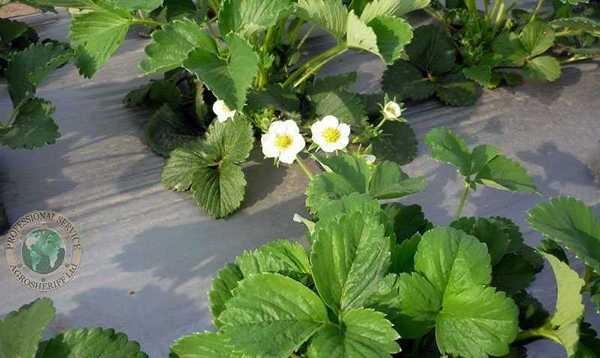
Зацвела земляника
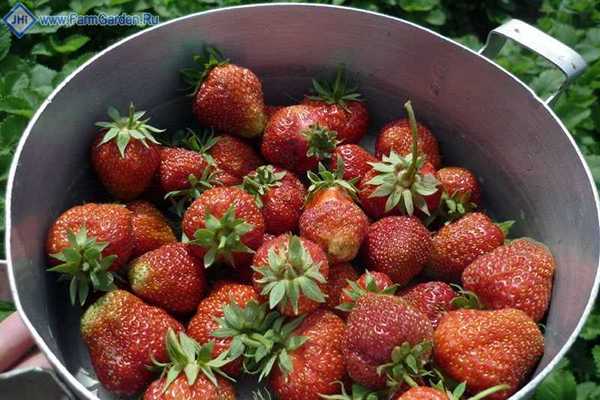
Первый урожай
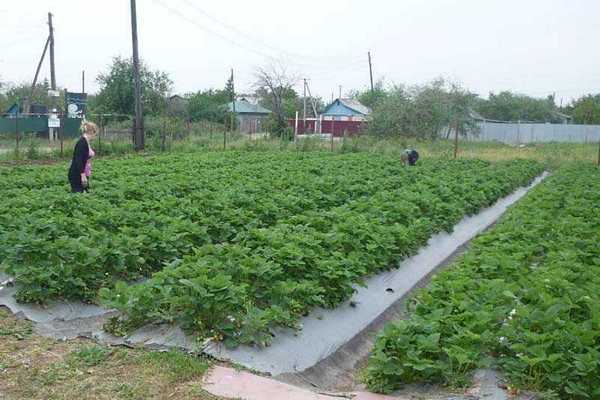
Урожай
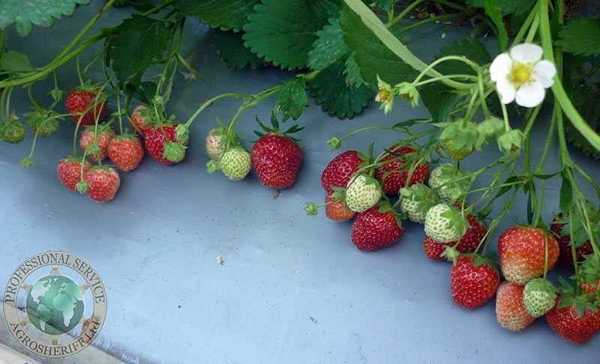
Урожай земляники

Урожай земляники
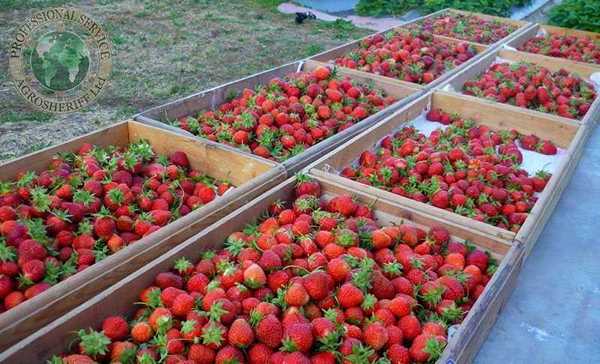
Урожай земляники

Урожай земляники. Упаковка.
Это - результат примененной технологии выращивания. Гряды, пленка и капельное орошение. Хотя и это далеко не самый продвинутый и производительный метод. Всего мы собрали с четырех соток пятьсот шестьдесят килограммов. В среднем около полутора килограммов с квадратного метра. Совсем неплохо для одноразовых, ранних сортов, которые плодоносят всего-то дней 20 - 25 в сезон. Конечно, начиная со сбора клубники и потом, работы на плантации не сводились только к подметанию дорожек. Это действительно утомительная работа, но во-первых, когда то же надо и поработать. Я ведь еще в начале своего рассказа говорил, что речь идет о работе, а не о чудесах. Да и потом с гряд клубнику собирать удобнее, чем с земли.
Результаты урожая 2012 года позволили сделать некоторые выводы.
1. Этим делом можно и нужно заниматься.
2. Технологии нужно применять и соблюдать рекомендации по их применению.
3. Нельзя останавливаться на достигнутом.
4. Нужно использовать более продуктивные сорта и качественный посадочный материал.
О следующих своих шагах по развитию, и о выращивании посадочного материала для собственной плантации я расскажу в следующей статье-альбоме.
Статья по теме Земляника на грядке
Смотрите Альбом №2